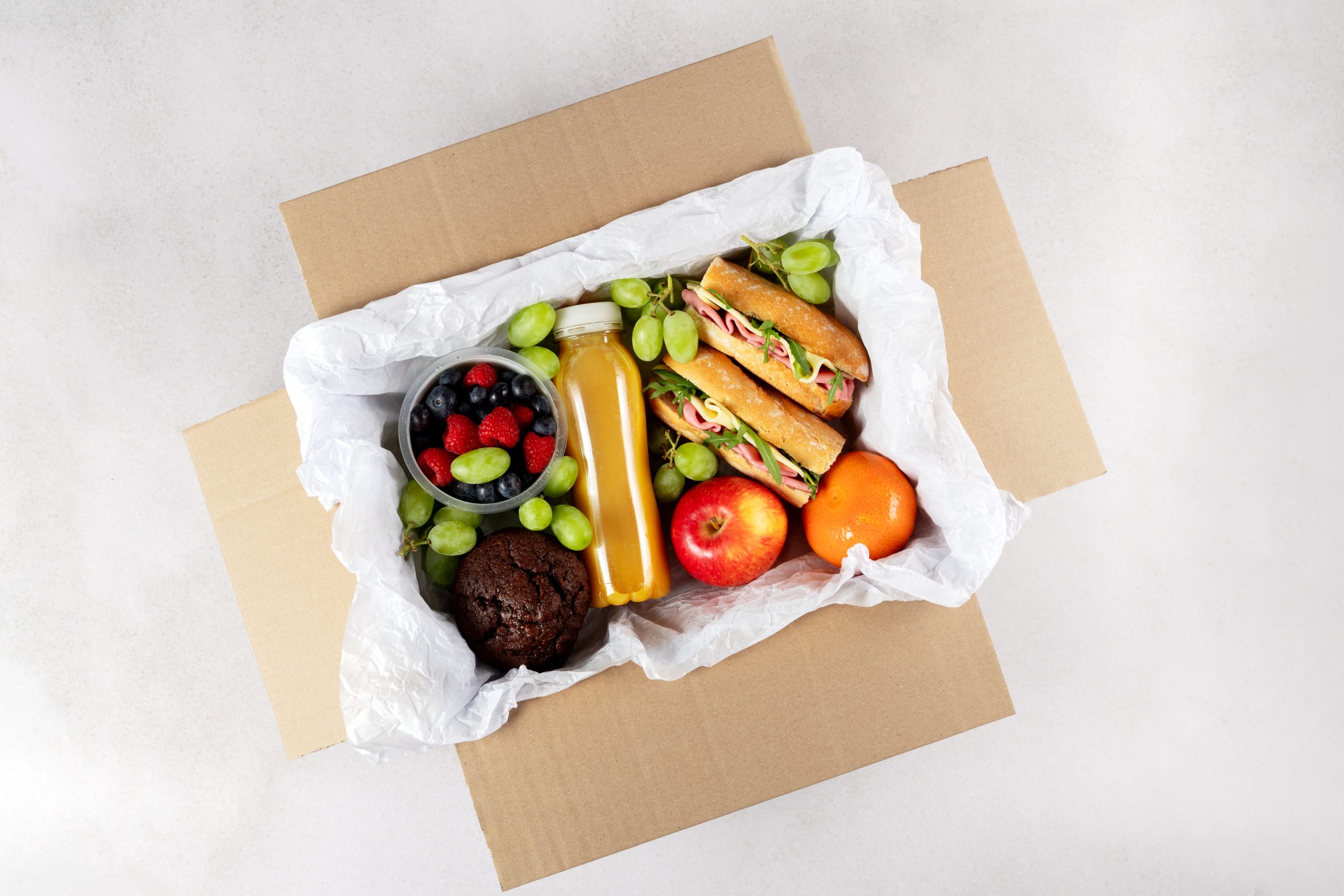Grocery stores have surprisingly liberal return policies. Most will take back a food item with no questions asked. However, this policy is not used equally across the store. Retail managers report that a few specific food categories are the source of the vast majority of all customer returns. These items are inherently unpredictable or are prone to a high rate of buyer’s remorse. This makes them a constant and costly problem for the store’s customer service desk.

The Unpredictability of Fresh Produce
Fresh produce is, by far, the most frequently returned category of food. The main reason for this is its short and unpredictable shelf life. A customer might buy a bag of avocados that are rock-hard, only to find that they have turned brown and mushy the very next day. Similarly, a container of fresh berries can look perfect in the store but can develop mold within 24 hours. This lack of quality control leads to a high volume of disappointed customers and returns.
“Buyer’s Remorse” on Expensive Meats
An expensive cut of meat, like a prime rib roast or a thick filet mignon, is a major investment for most households. This high cost leads to a high rate of “buyer’s remorse.” A customer might get the steak home and then decide that it was too much of a splurge for their budget. In other cases, they may cook the expensive steak and be disappointed with the results, and then try to return the leftovers for a refund.
The Disappointment of a New “Fad” Product
Grocery stores are constantly introducing new and trendy products. This can include things like a new plant-based snack or a new flavor of a popular drink. Customers will often buy these new items out of curiosity. However, if the new product does not live up to its marketing hype, or if the taste is just plain bad, it will often be returned. The novelty of the product leads to a high rate of trial and a high rate of disappointment.
Issues with “Ready-to-Eat” Meal Quality

The ready-to-eat meal section, which includes things like pre-made sandwiches, salads, and hot bar items, is another major source of returns. The quality of these items can be very inconsistent. A customer might buy a sandwich, only to find that the bread is stale, or a salad that has wilted. This is especially true for items that are purchased at the end of the day, which leads to frequent complaints and returns.
The Return Counter Reality
The foods with the highest return rates are all a gamble for the consumer. They are a gamble on freshness, on taste, and on value. The high number of returns for these items is a direct reflection of the challenges of the modern food system. It shows just how difficult it is to deliver a consistently high-quality product in a fast-paced, high-volume retail environment.
What is the most common reason you have for returning a food item to the grocery store? Do you think grocery store return policies are too lenient or just right? Let us know!
What to Read Next
- What’s With the Return of Plastic Bag Fees in Some States?
- 7 Items Grocers Were Caught Reselling After Customer Returns
- 10 Store Policies That Changed After Too Many Returns
- 7 Food Stocks You Should Be Investing In Now For Big Returns
- Why Grocery Clearance Bins Might Say More About a Store Than Its Ads
The post Why Some Foods Spark More Returns Than Any Other Items in the Store appeared first on Grocery Coupon Guide.







